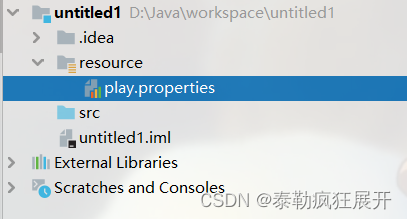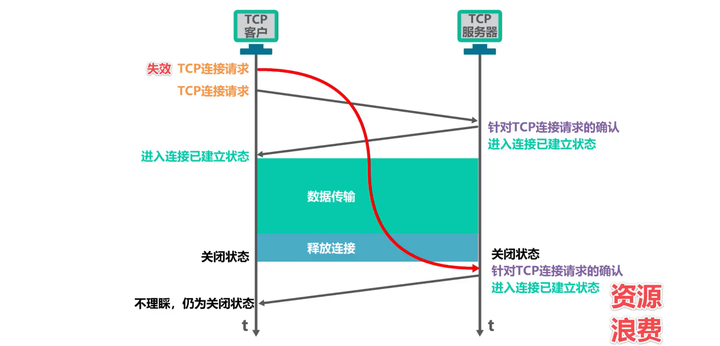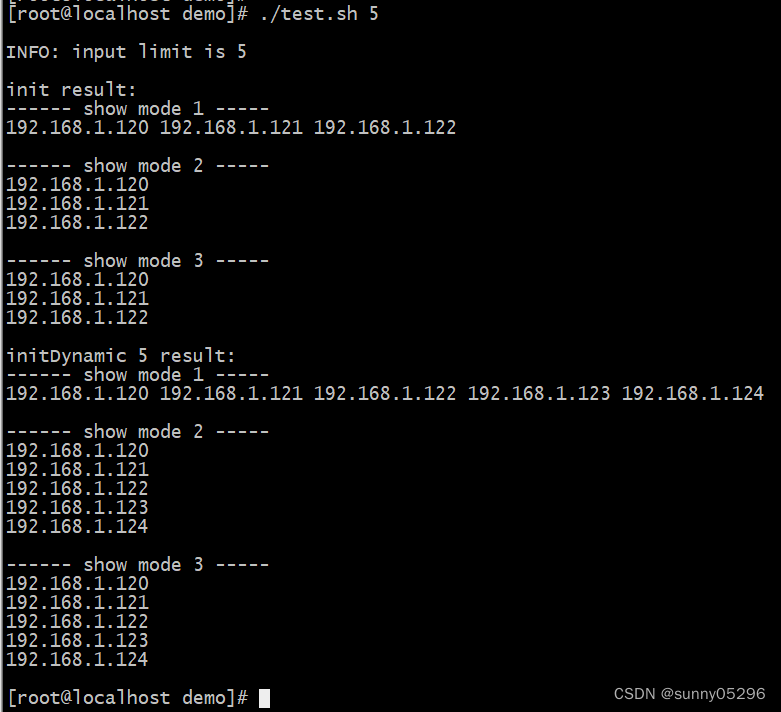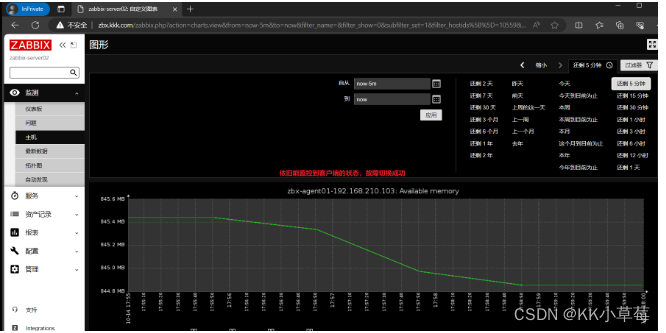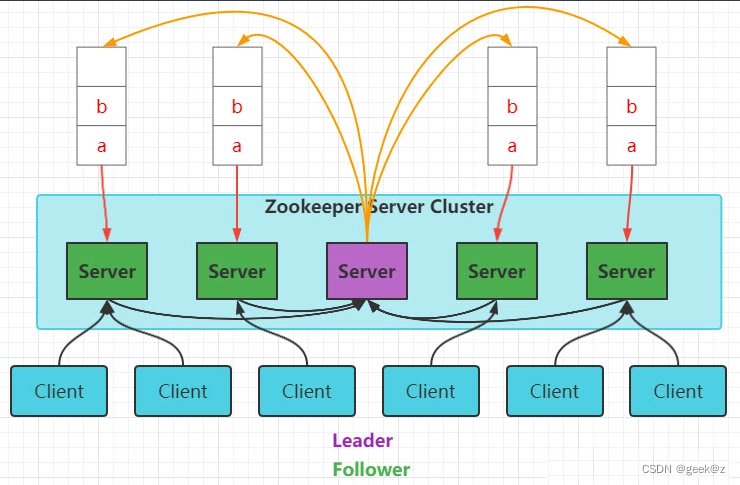企业级Nginx使用-day2
学习目标和内容
1、能够编译安装并使用第三方模块
2、能够理解location语法的作用
3、能够了解URL的rewrite重写规则
4、能够理解防盗链原理和实现
一、第三方模块使用
Nginx官方没有的功能,开源开发者定制开发一些功能,把代码公布出来,可以通过编译加载第三方模块的方式,使用新的功能。
第三方模块网址:NGINX 3rd Party Modules | NGINX
##1、编译安装第三方模块
①上传第三方模块压缩包
上传==ngx-fancyindex-v0.4.3.tar.gz==和==tar xvf echo-nginx-module-0.61.tar.gz==,到/root/soft下。
编译安装以上两个Nginx的第三方模块。
②编译升级安装,并升级
shell > tar xvf ngx-fancyindex-v0.4.3.tar.gz shell > tar xvf echo-nginx-module-0.61.tar.gz shell > cd /root/soft/nginx-1.16.0 shell > ./configure --prefix=/usr/local/nginx --user=www --group=www --with-http_ssl_module --with-http_stub_status_module --with-http_realip_module --add-module=/root/soft/ngx-fancyindex-0.4.3/ --add-module=/root/soft/echo-nginx-module-0.61 shell > make && make install && make upgrade
2、fancy-index
文档介绍:Fancy Index | NGINX
GitHub - aperezdc/ngx-fancyindex: Fancy indexes module for the Nginx web server
fancy-index模块美化列表效果
实现操作步骤:
①查看确认编译模块参数
#查看版本号及其编译参数 shell > /usr/local/nginx/sbin/nginx -V
确认是否包含ngx-fancyindex模块
②配置实现
#可以配置到http、server、location等下。推荐配置到server下 #开启fancy indexes 列表显示功能 fancyindex on; #显示更为可读的文件大小 fancyindex_exact_size off;
3、echo
echo模块常用来进行调试用,比如输出打印Nginx默认系统变量
示例语法:
location / {
#输出为文本类型
default_type text/plain;
#default_type text/html;
#打印输出查看变量信息
echo $document_root;
}
验证是否一下$document_root是否和root设定的值一致
#二、发行版本
1、Nginx社区免费版
nginx news
2、NGINX+商业版
Advanced Load Balancer, Web Server, & Reverse Proxy - NGINX
##3、淘宝的tengine
The Tengine Web Server
tengine是alibaba公司,在Nginx的基础上,开发定制,更加服务自己业务的服务器软件。后来进行了开源。
#解压编译安装 shell > tar xvf tengine-2.3.0.tar.gz shell > cd tengine-2.3.0 #tengine从2.3.0版本之后,tengine的模块被分离到modules,需要自己手动编译安装 shell > ./configure --prefix=/usr/local/tengine --add-module=/root/soft/tengine-2.3.0/modules/ngx_http_footer_filter_module shell > make && make install #查看默认加载的模块和参数信息 shell > /usr/local/tengine/sbin/nginx -V #tengine 默认提供-m参数 查看已经编译加载的模块
案例:通过tengine内置模块 自动添加页脚信息 标识服务器信息
使用ngx_http_footer_filter_module包含的语法 注意确认是否已经加载此模块
①修改配置文件并重载服务
shell > vim /usr/local/tengine/conf/nginx.conf
语法规则:
#可定义在http、server、location中,建议在server中 #定义需要插入footer的响应类型(Response Content-Type)。 footer_types "text/plain" "text/css" "application/x-javascript"; #在上面定义的HTTP响应的正文结尾插入指定的format内容。如果format中含有变量,会被替换为变量当前的值。 footer "$host_comment";
示例配置:
server {
listen 80;
server_name localhost;
root html;
#开启加载注释页脚信息
footer_types "text/plain" "text/css" "application/x-javascript";
footer "$host_comment";
}
②访问页面查看

4、OpenResty
openresty 在Nginx的基础上,结合lua脚本实现高并发的web平台。作者章亦春
WAF nginx+lua+redis 实现应用型防火墙 动态把IP加入黑名单
官方网址:OpenResty® - 开源官方站
编译安装步骤:
#解压编译并安装 shell > tar xvf openresty-1.15.8.1.tar.gz shell > cd openresty-1.15.8.1 shell > ./configure --prefix=/usr/local/openresty shell > make && make install #查看默认编译参数及其模块 shell > /usr/local/openresty/sbin/openresty -V
案例:使用lua模块语法
①修改配置文件
shell > vim /usr/local/openresty/nginx/conf/nginx.conf
示例配置:
location / {
root html;
index index.html index.htm;
#默认返回类型
default_type text/html;
#调用lua模块的语法
content_by_lua 'ngx.say("hello openresty")';
}
②访问页面查看
三、URL匹配之location
Location 配置语法
Module ngx_http_core_module
##1、location匹配规则

① = 精确匹配
location = / {
#规则
}
则匹配到 Example Domain 这种请求
② ~ 大小写敏感 区分大小写
location ~ /Example/ {
#规则
}
请求示例 http://www.example.com/Example/ [成功] http://www.example.com/example/ [失败]
③ ~* 大小写忽略
location ~* /Example/ {
#规则
}
请求示例 http://www.example.com/Example/ [成功] http://www.example.com/example/ [成功]
④ ^~ 只匹配以 uri 开头
location ^~ /img/ {
#规则
}
请求实例 以 /img/ 开头的请求,都会匹配上 http://www.example.com/img/a.jpg [成功] http://www.example.com/img/b.mp4 [成功] http://www.example.com/bimg/b.mp4 [失败] http://www.example.com/Img/b.mp4 [失败]
⑤ / 其他匹配都不成功 就匹配此项
location / {
#规则
}
如果路径是资源文件是存在的,会优先获取资源文件
location匹配优先级
(location =) > (location 完整路径) > (location ^~ 路径) > (location ~,~* 正则顺序) > (location 部分起始路径) > (/)
##2、location匹配跳转
@+name @,nginx内部跳转
location /img/ {
#如果状态码是404 就指定404的页面为什么
error_page 404 = @img_err;
}
location @img_err {
# 规则
return 503;
}
以 /img/ 开头的请求,如果链接的状态为 404。则会匹配到 @img_err 这条规则上
#四、URL重写
==ngx_http_rewrite_module==模块用于使用PCRE正则表达式更改请求URI,返回重定向,以及有条件地选择配置
官方文档地址:<Module ngx_http_rewrite_module
1、return
该指令用于结束规则的执行并返回状态码给客户端.
403 Forbidden.服务器已经理解请求,但是拒绝执行它
404 Not Found.请求失败,请求所希望得到的资源未在服务器上发现.404这个状态码被⼴泛应⽤于当服务器不想揭示为何请求被拒绝,或者没有其他适合的响应可⽤的情况下.
500 Internal Server Error.服务器遇到⼀个未曾预料的状况,导致它无法完成对请求的处理.⼀般来说,这个问题都会在服务器的程序码出错时出现.
502 Bad Gateway.作为网关或代理工作的服务器尝试执行请求时,从上游服务器接收到无效的响应.
503 Service Unavailable.由于临时的服务器维护或过载,服务器当前无法处理请求.这个状况是临时的,并且将在一段时间以后恢复.503状态码的存在并不意味着服务器在过载的时候必须使⽤它.某些服务器只不过是希望拒绝客户端的连接.
504 Gateway Timeout作为网关或代理工作的服务器尝试执行请求时,未能及时从上游服务器(URI标识出的服务器,例如HTTP,FTP,LDAP)或辅助服务器(例如DNS)收到响应。
请求状态码:
HTTP 响应状态码 - HTTP | MDN
示例语法:
#可以匹配到server location if中,推荐配置到location中 return 403;
2、rewrite
rewrite 匹配到请求URI,重写到新的URI
rewrite语法 匹配到,替换为其他内容
语法 rewrite 匹配内容 替代内容 标记
官方文档地址:Module ngx_http_rewrite_module
flag标记说明:
last #本条规则匹配完成后,继续向下匹配新的location URI规则,客户端URL地址不会发生跳转
break #本条规则匹配完成即终止,不再匹配后面的任何规则,客户端URL地址不会发生跳转
redirect #返回302临时重定向,浏览器地址会显示跳转后的URL地址
permanent #返回301永久重定向,浏览器地址栏会显示跳转后的URL地址
匹配顺序:多条rewrite,从上到下匹配,匹配到之后就不在匹配其他rewrite规则。
#五、URL相关案例实现
1、案例:资源重定向实现
业务需求描述:
实际业务不存在index.html,需要重写访问index.php
URL为index.html,而实际访问的是index.php,对外被认为是html静态页面
以上方案就是==seo优化伪静态==的使用,把真实的后端的页面,伪装为静态html页面。
①修改配置
shell > vim /usr/local/nginx/conf/nginx.conf
添加配置
rewrite /index.html /index.php last;
③重载配置测试访问
2、案例:域名重定向实现
网站的域名升级了,需要启用新的域名使用。
但是用户却不知道,还可能使用旧的域名访问网站。
需要把通过旧域名访问的来源,重定向到新的域名。
把shop.lnmp.com的请求全部重定向到新域名www.shop.com
rewrite / http://www.shop.com permanent;
示例配置:
#shop.lnmp.com的请求全部重定向到www.shop.com中
server {
listen 80;
server_name shop.lnmp.com;
rewrite / http://www.shop.com permanent;
}
server {
listen 80;
#绑定新域名即可
server_name www.shop.com;
root html/tp5shop/public;
index index.php index.html;
#deny 192.168.17.1;
#auth_basic "shop login";
#auth_basic_user_file /usr/local/nginx/conf/passwd.db;
access_log logs/shop.lnmp.com_access.log mylogs;
location / {
rewrite /index.html /index.php last;
}
location ~ \.php$ {
fastcgi_pass 127.0.0.1:9000;
fastcgi_index index.php;
fastcgi_param SCRIPT_FILENAME $document_root$fastcgi_script_name;
include fastcgi_params;
}
#location ~ \.(js|css) {
# expires 2h;
#}
}
注意新域名www.shop.com 记得在客户端的hosts文件中解析。
3、案例:防盗链原理和实现
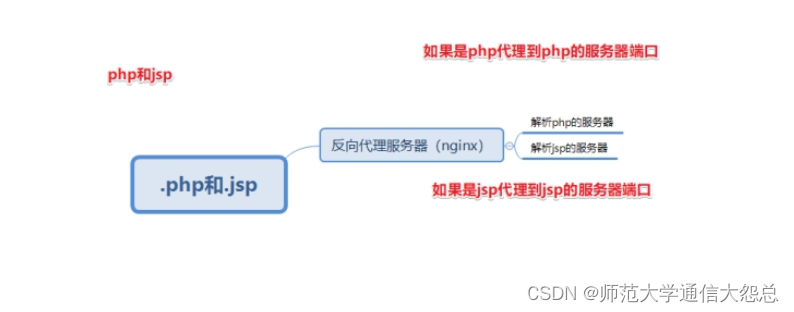
业务需求描述:
域名A的资源文件,经常被域名B直接调用访问。
而用户经常访问域名B,看到的资源(图片等)以为是域名B的,实际则是域名A的。
但是域名A没有从中获得任何收益,缺要给域名B来源的访问耗费服务器资源和带宽。
所以,禁止域名B直接访问和调用域名A的资源的方式,就被称为"防止盗链"
语法:
定义允许访问的域名来源
valid_referers none blocked servername
none blocked 没有referer的情况,直接访问资源的情况
if ($invalid_referer) {}
1、在ip的虚拟主机,静态文件调用图片
2、shop的虚拟主机,禁止ip的虚拟主机调用图片
①ip虚拟主机目录建立静态文件访问shop虚拟主机的图片资源
shell > cd /usr/local/nginx/html shell > echo '<img src="http://www.shop.com/static/home/img/2.jpg" />' >> img.html
②在shop虚拟主机配置中,防止其他虚拟机主机盗链
#定义在server里 shop的server
#图片请求防盗链
location ~* \.(jpg|png|jpeg|gif|bmp) {
valid_referers www.shop.com;
if ($invalid_referer) {
return 404;
}
}
六、安全
1、反向代理
实现隐藏真实服务的操作,起到一定安全作用
2、隐藏版本号
Nginx对外提供服务,为了避免被针对某个版本的漏洞进行攻击。经常做法是隐藏掉软件的版本信息。提供一定的安全性。
#将以下配置加入到http段配置中 server_tokens off
3、Https和CA
server {
listen 443 ssl;
#绑定好域名
server_name web1.heimadevops.top;
#指定证书相关位置
ssl_certificate /usr/local/nginx/conf/1_web1.heimadevops.top_bundle.crt;
ssl_certificate_key /usr/local/nginx/conf/2_web1.heimadevops.top.key;
ssl_session_cache shared:SSL:1m;
ssl_session_timeout 5m;
ssl_ciphers HIGH:!aNULL:!MD5;
ssl_prefer_server_ciphers on;
location / {
root html;
index index.html index.htm;
}
}
#http跳转到https
server {
listen 80;
server_name web1.heimadevops.top;
rewrite / https://web1.heimadevops.top permanent;
}
客户端注意解析域名
#Tip:Nginx支持pathinfo路径 重写方式
需求
http://www.shop.com/home/goods/index/cate_id/187.html 默认不支持访问 重写成为 http://www.shop.com/index.php?s=home/goods/index/cate_id/187.html
语法规则示例
location / {
rewrite /index.html /index.php last;
#判断请求的路径 不存在
if (!-e $request_filename) {
# 捕获到所有路径信息 重写为index.php的s参数 last需要匹配之后的location规则
rewrite ^(.*)$ /index.php?s=$1 last;
}
}



